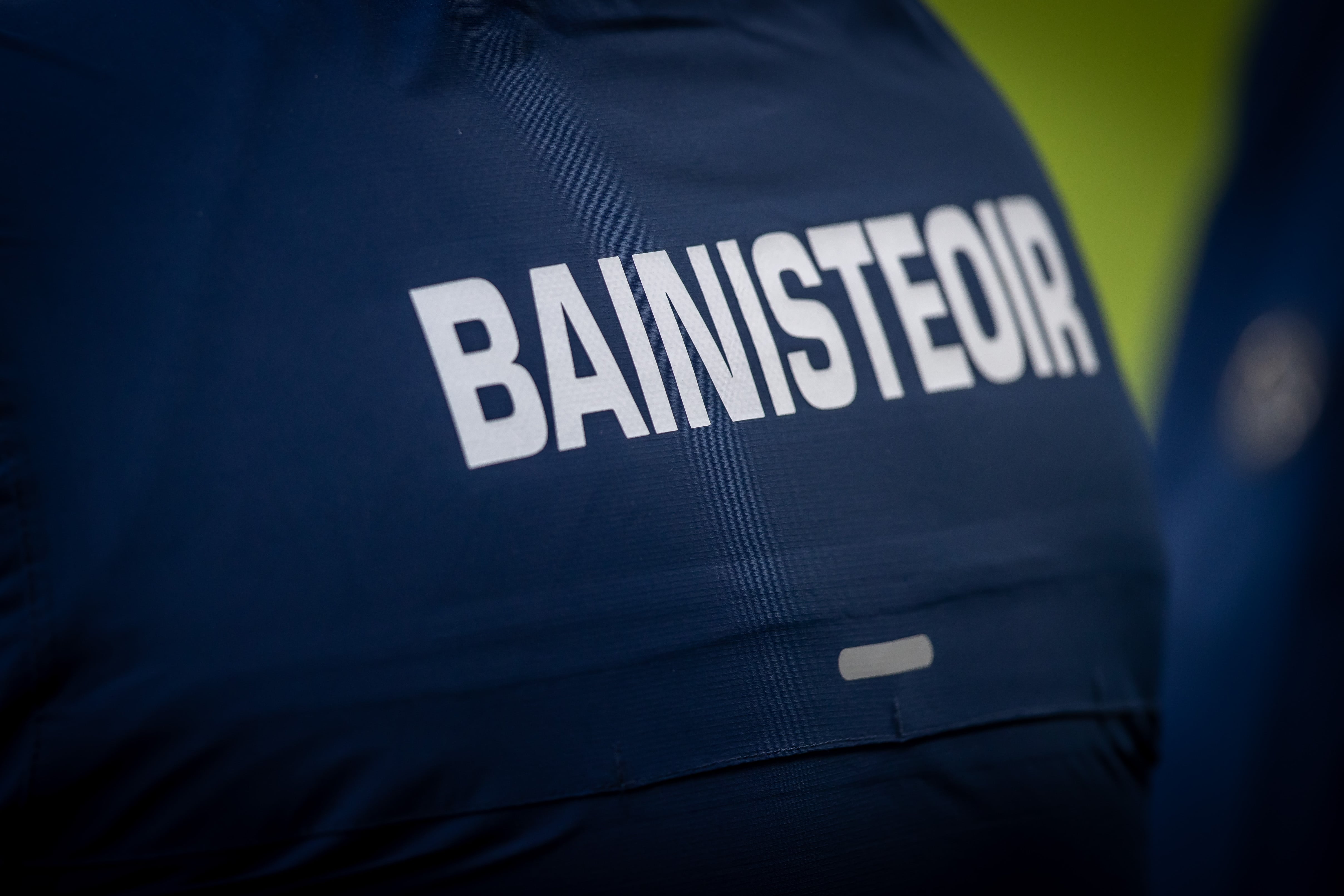Before the wind chill came in from the north, there was a gentle hint of spring in the mountains last weekend.
It doesn’t take much to reawaken the highland life around these parts and with that the senses too, especially for the now creaking cyclist manqué such as myself.
Every rider has their own different idea of when the season begins, and for the overtly fair-weather cyclist like myself it’s once the gloves don’t freeze to the handlebar tape.
Last Saturday morning opened that first window of the year, the scattering of budding daffodils already lining parts of the road which runs from Glencullen village across to Tibradden.
READ MORE
It’s invariably quiet and mostly unhurried, no matter what time of year, Glencullen being the first of the sheltered glens that fold over the Dublin-Wicklow Mountains, into Glencree, Luggula, Glenmacnass, then Glendalough.
Not that this opening ride went anywhere near that far, not when the legs and lungs are so badly out of tune, and also that sort of sixth sense too, somewhere in between sight and sound and smell. Maybe just call it common sense.
No matter how experienced the rider, it’s often forgotten how vitally important that ‘sense’ is. Having routinely driven and cycled this microcosm of Irish road over the last decade or so, it’s still evidently clear that keeping a 1.5 metre distance between driver and cyclist when overtaking is often practically, if not literally, impossible.
Maybe part of it is an age thing, becoming more conscious of the risks involved. On any road the relationship between rider and driver inevitably requires a bit of give and take from both sides, especially on weekends, and particularly now with the cycling season on all Irish roads more popular than ever. Which is why my overriding sense is to keep in.
Still, for every nine or 10 drivers who gives the rider that space and time, there is likely one who won’t. And it was on the road home from this short ride, when, without alerting any senses whatsoever, a small van suddenly overtook me, maybe 1.5m away, but travelling too fast and lucky not to collide with an oncoming car in the opposite direction. Slow down!
Moments like this awaken a heightened sense of fear. Maybe it’s the same for all riders, even those who race their bike for a living, once they reach a certain age in their career, I don’t know.
It felt that way watching the opening stages of this week’s UAE Tour, Sam Bennett looking to end his drought of bunch sprint victories, going back to July of last year in the Tour of Romania.
Bennett did come within inches of winning his opening stage race of 2024, pipped on the line at the concluding sprint of the Tour de Provence earlier this month, his first outing with his new team Decathlon AG2R la Mondiale. A new team typically requires some sprint adjustment of sorts anyway.
It didn’t help that Monday’s opening stage ended in carnage, a slight touch of wheels inside the final 1km sending several riders into the air at 70 kmph, also taking out fellow Irish rider Eddie Dunbar, who now faces several weeks off his bike with a broken wrist.
Few riders in the peloton are more familiar with this fearful scenario than Bennett, who avoided the crash to finish 19th, behind Belgium’s Tim Merlier.
The UAE Tour is often billed as the unofficial “sprinters World Championships”, Bennett finishing 11th in Thursday’s bunch sprint, and 11th again on Friday.
Bennett might well laugh at any suggestion he’s lost some of the fearlessness that made him the best sprinter in the world in 2020, winning two stages and the green jersey in the Tour de France. I don’t know.
Dan Martin did admit that a heightened sense of fear for his own safety was one of the reasons why he retired, at the end of the 2021 season, then aged 35, whether on or off the mostly closed roads of the professional peloton.
“There are so many reasons why I retired, but that was certainly one,” Martin said in Dublin this week, when promoting the L’Étape de Tour cycling sportive coming to Killarney this September.
“Even when we’re fortunate to live in Andorra, or Girona, there are so many vehicles on the road now. Going out on the bike every day, you do have near misses constantly in cycling, and that is scary.
“I think everyone seems to be in such a rush now, to get anywhere, rushing to get to work, wherever. It’s a difficult one, it comes from both sides as well, because cycling safety comes from the cyclist and the motorist. As far as being respectful of where you ride on the road. But also with the vehicle, the cars, there does seem to be a misunderstanding that a cyclist is a human being as well.”
In his 2023 autobiography Chased by Pandas, My Life in the Mysterious World of Cycling, Martin subtitled each of the 25 chapters with one of his many fears during his 14-year professional career.
“Fear has a form, a smell, a colour, a consistency. All around me, riders were starting to become afraid. They were afraid of crashing, of their team-mates being too weak or their rivals being too strong . . . Afraid of being afraid.”
It shouldn’t be that this same sense of fear pervades for the cyclist out for a training ride, or commuting, or simply for the sheer pleasure of it. Part of that responsibility will always rest with the motorist; no matter the speed or the result, the impact of flesh and bone will invariably be worse on metal and glass.
There was yet another reminder of that on the Irish roads last Sunday when married father-of-three John Walsh, a racing cyclist and member of UCD Cycling Club, died from injuries he sustained in a traffic collision on the Malahide Road.
One look at the picture of his bike left behind on the road should be enough to give any driver pause for thought.
















